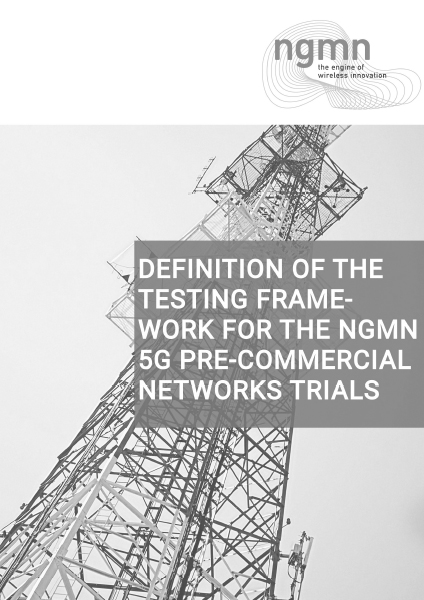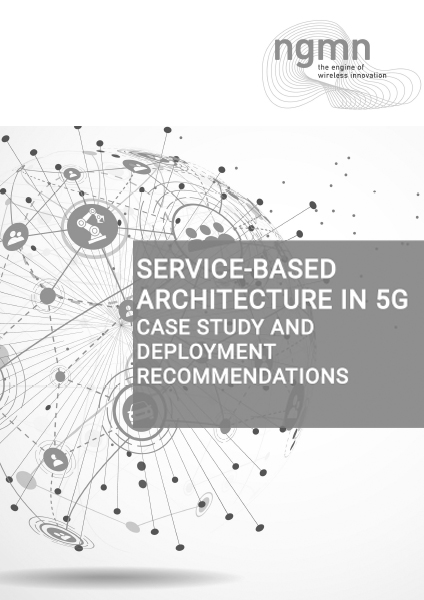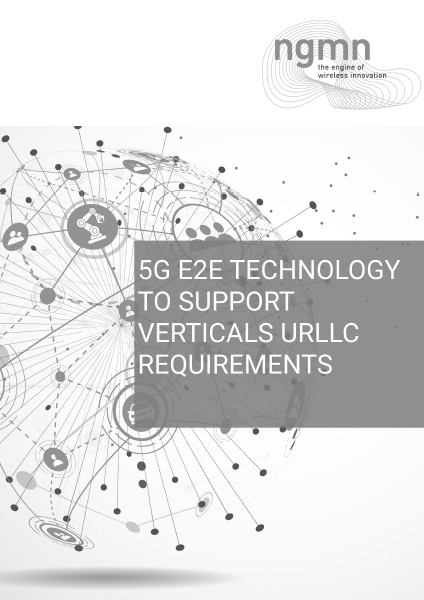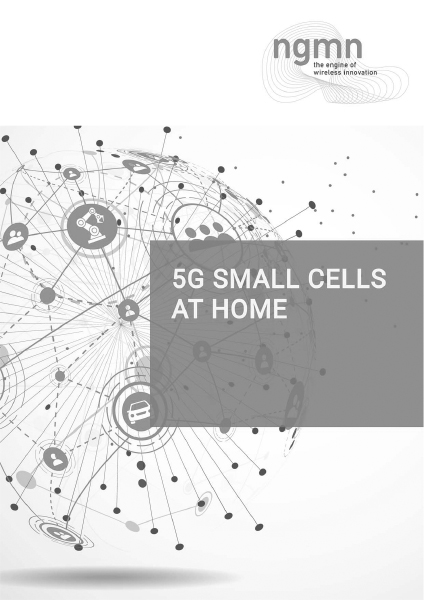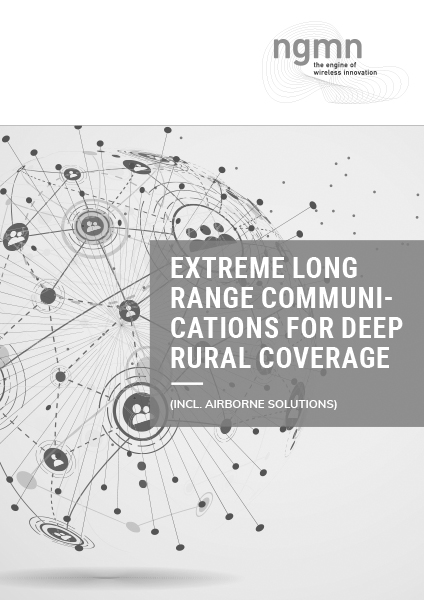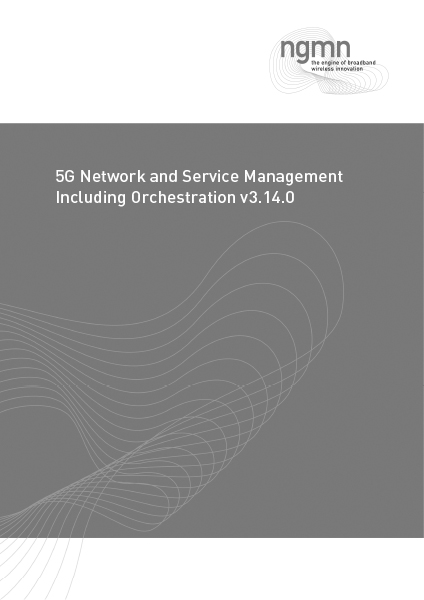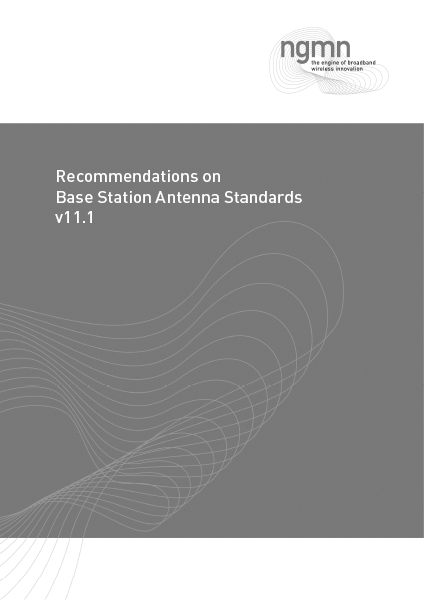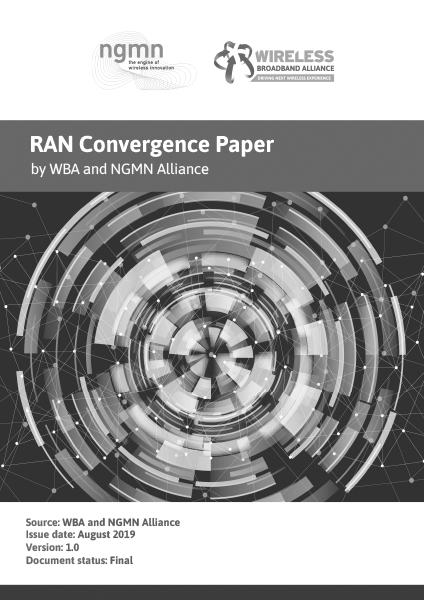In this document reasoning for providing coverage for sparsely populated areas are presented along with a number of Mobile and Satellite Technologies that could provide coverage to remote areas.
There is a sound business justification to provide affordable Voice and Data Services for sparsely populated areas, such as Sub-Sahara Africa, but also for higher ARPU markets with wide rural areas, such as North Canada. Mobile network operators worldwide have both economic and social incentives to offer services to rural residents, but efficiently serving dispersed populations with current technologies is difficult and rural access lags significantly behind urban access.
For many network operators, who want to expand addressable markets and satisfy users interest or who under regulatory obligations or social responsibilities willingness must cover vast areas of sparsely populated regions, a cost-effective technology is essential which on one hand provides adequate voice and data services and other hand is economically sustainable to deploy and to maintain.
The purpose of the NGMN’s Extreme Long Range Communications for Deep Rural Coverage program is to explore the challenge of addressing rural markets and to create industry momentum around long range communications solutions that are suitable for offering Internet access to rural populations who are underserved today.
